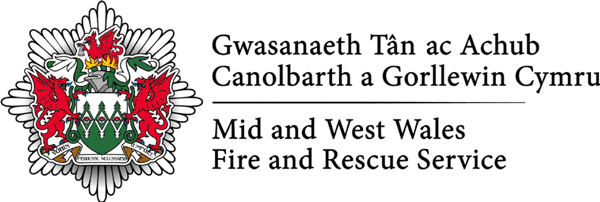Commercial sprinkler systems are a type of fire suppression system that is designed to automatically detect and extinguish fires in commercial buildings.
Sprinklers are something that everyone takes for granted, something that is in the background should a fire occur. One of the earliest sprinkler systems was installed at the Theatre Royal in Drury Lane in 1812, but it was not until 1885 that John Wormald from the Mutual Fire Insurance Corporation formalised the rules for the design and installation of sprinkler systems.
Sprinkler systems consist of a series of pipes which are connected to a water supply. The outlets of the pipes are fitted with sprinkler heads, each of which comprise of a liquid filled quartzoid bulb which seals the outlet of the pipe, preventing water from discharging. When exposed to heat, the liquid in the bulb expands causing the glass to break and water to discharge out of the sprinkler head, suppressing the fire, preventing from spreading or extinguishing it completely. The temperature at which the glass bulb breaks can be varied, and is denoted by the colour of the glass bulb installed in the head.
It is generally accepted that sprinklers:
- Reduce death and injury from fire
- Reduce the risks to firefighters
- Protect property and heritage
- Reduce the effects of arson
- Reduce the environmental impact of fire
- Reduce fire costs and disruption to businesses and the community
- Allow designers of buildings freedom and encourage innovation in building design.
Myths and Legends
Wrong again, sprinkler heads can be hidden above suspended ceilings and have covers installed making them less visible. You’ll need to talk to your installation contractor to see what can be done.
A sprinkler system attacks the fire directly, so less water will be used. Some systems operate the fire alarm once activated, so the sprinkler system can be turned off once the fire is out.
Wrong, this is a myth perceived as a result of film and television. Sprinkler systems consist of a series of pipes, which terminate in sprinkler heads. When fire breaks out, the heat given off by the flames causes liquid inside a quartzoid bulb, fitted to the sprinkler head, to expand until the bulb breaks releasing water onto the fire. As the heat is confined to the sprinkler head in the area of the fire only, other heads will not be affected, other heads will therefore remain intact and not discharge water onto unaffected areas of the property. However, should the fire spread, then more heads will be affected causing more heads to break and more water to be discharged in an attempt to minimise the spread of flames.
It has been said that they are no more expensive to install than a good quality carpet, however, this depends on where their installed and any other special conditions needed in the location that they’re installed e.g. Refrigerated areas etc. The installation of a sprinkler system can be viewed favourably by insurers, who may offer reductions, so in time, the installation will pay for itself. Check with your insurers, and see what they say.
Smoke detectors do a great job in saving lives by giving you more time to get out of the building. However, they do nothing to extinguish a fire or to contain it.
It’s more likely to win the main prize in a lottery than suffer a sprinkler malfunction.

